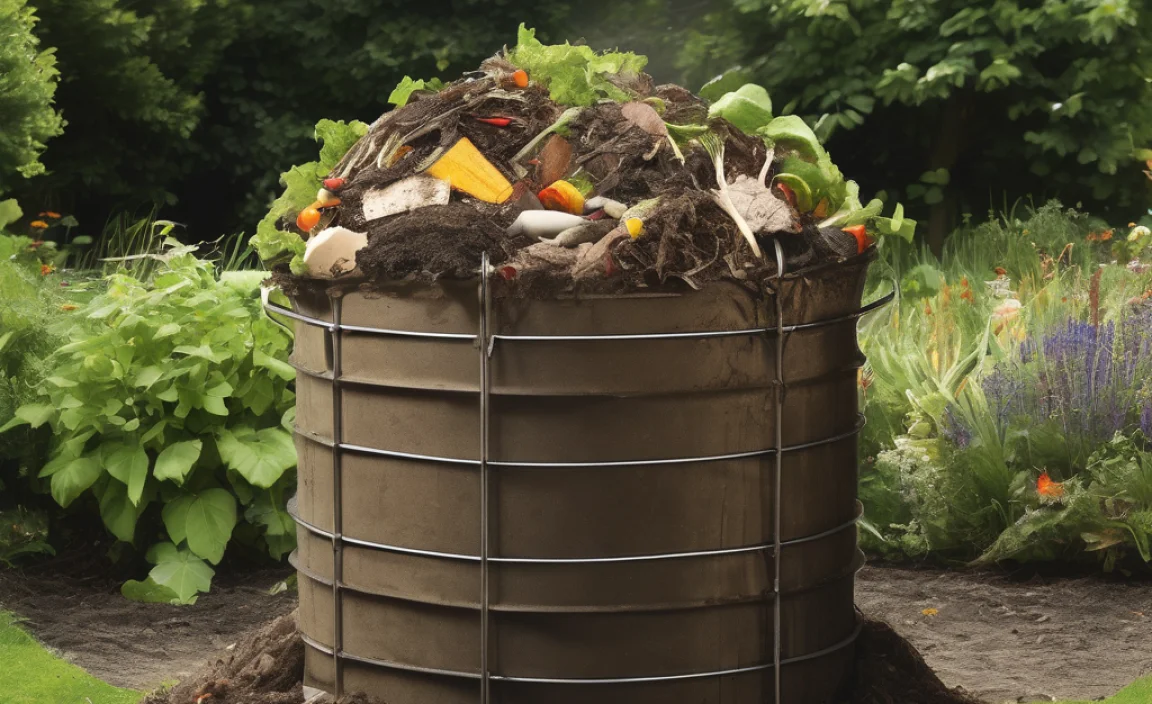Quick Summary: Cottonelle toilet paper is primarily manufactured in the United States. While the parent company, Kimberly-Clark, has global operations, the Cottonelle products you find on most store shelves in North America are made in domestic facilities. This ensures consistent quality and supports local economies. So, when you grab a pack of Cottonelle, chances are it’s a product of American manufacturing!
Ever wondered where your favorite toilet paper comes from? It’s a question many of us don’t think about until we’re curious about supporting local products or understanding a brand’s environmental impact. Finding out where Cottonelle toilet paper is made is simpler than you might think. In this article, we’ll break down the details, so you know exactly where your household essentials are coming from.
We’ll cover the primary manufacturing locations, discuss the role of Kimberly-Clark (the parent company), and even touch on what this means for quality and sustainability. By the end, you’ll have a clear picture of Cottonelle’s manufacturing footprint. Let’s dive in!
Where is Cottonelle Toilet Paper Made?
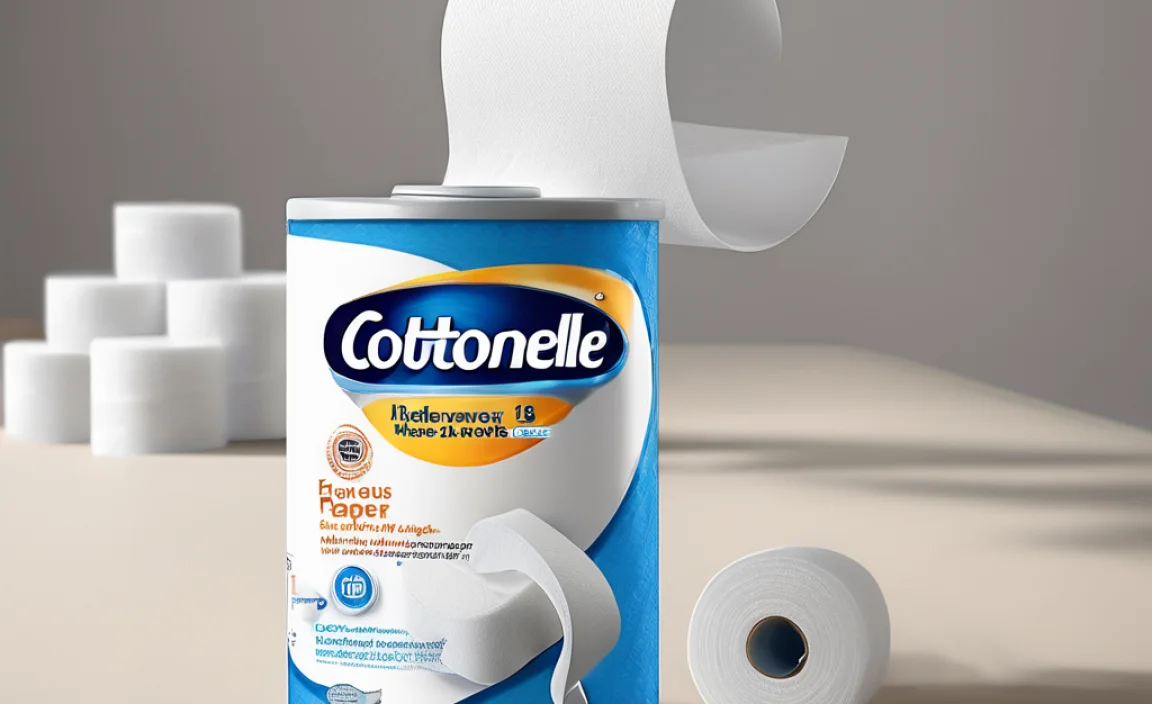
Cottonelle toilet paper is mainly produced in the United States. Kimberly-Clark, the company behind Cottonelle, operates several manufacturing plants across the country. These facilities are responsible for the bulk of Cottonelle products sold in North America.
While Kimberly-Clark is a global corporation with plants in various countries, the Cottonelle you purchase in your local grocery store is most likely made right here in the USA. This focus on domestic production helps ensure quality control and efficient distribution.
Key Manufacturing Locations in the USA
Kimberly-Clark doesn’t disclose the exact locations of all its manufacturing plants for competitive reasons. However, they have significant operations in states like:
- Alabama: Kimberly-Clark has facilities that contribute to the production of various paper products.
- Wisconsin: This state is a hub for paper manufacturing, and Kimberly-Clark has a strong presence here.
- Georgia: Another key state for Kimberly-Clark, with plants involved in producing consumer paper goods.
These plants are equipped with advanced machinery to handle the entire manufacturing process, from pulping to packaging. This ensures that Cottonelle maintains its reputation for softness and strength.
The Role of Kimberly-Clark
Kimberly-Clark is a multinational personal care corporation that owns the Cottonelle brand. Founded in 1872, the company has a long history of producing paper-based products. Their extensive experience and resources play a crucial role in the quality and consistency of Cottonelle toilet paper.
Kimberly-Clark oversees every aspect of production, from sourcing raw materials to distribution. This includes:
- Sourcing: Ensuring that the paper pulp comes from sustainable sources.
- Manufacturing: Overseeing the production process to maintain quality standards.
- Distribution: Managing the supply chain to get products to stores efficiently.
Their commitment to sustainability and quality is reflected in the final product. This makes Cottonelle a trusted brand for many households.
Manufacturing Process of Cottonelle Toilet Paper
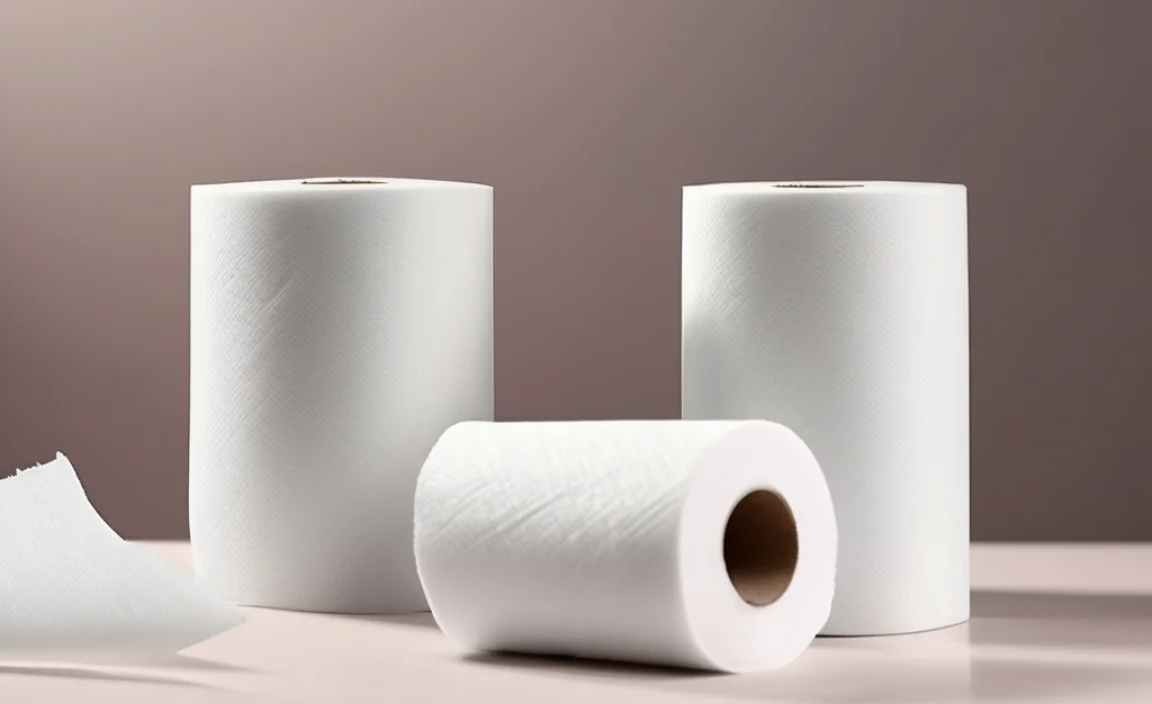
Understanding how Cottonelle toilet paper is made can give you a greater appreciation for the product. Here’s a step-by-step look at the manufacturing process:
- Pulping: The process begins with raw materials, primarily wood pulp. This pulp can be sourced from recycled paper or freshly harvested trees. The wood is broken down into a fibrous slurry.
- Blending: The pulp is then blended with water and other additives to achieve the desired softness and strength. This is where Kimberly-Clark’s expertise comes into play, ensuring the right balance of materials.
- Forming the Sheet: The pulp mixture is spread onto a large, moving screen. Water drains away, leaving a thin sheet of paper fibers.
- Drying: The paper sheet is then run through a series of heated rollers to remove any remaining moisture. This step is crucial for giving the paper its final texture and strength.
- Creping: The dried paper is scraped off the drying rollers with a blade. This process, called creping, creates the soft, slightly wrinkled texture that makes Cottonelle comfortable to use.
- Embossing (Optional): Some Cottonelle varieties feature an embossed pattern. This is added by running the paper through rollers with a raised design.
- Slitting and Winding: The large sheet of paper is then slit into the width of a standard toilet paper roll and wound onto cardboard cores.
- Cutting and Packaging: Finally, the long rolls are cut into individual rolls, wrapped, and packaged for shipment to stores.
Quality Control and Standards
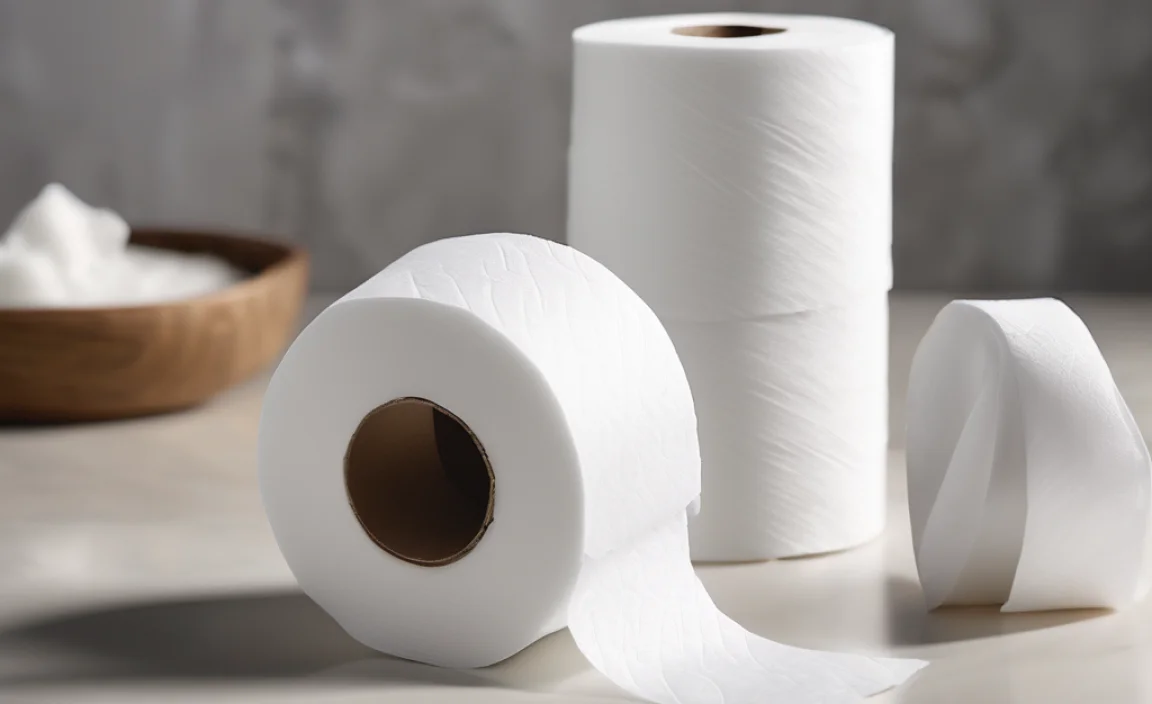
Kimberly-Clark adheres to strict quality control standards throughout the manufacturing process. This ensures that every roll of Cottonelle meets their specifications for softness, strength, and absorbency.
- Regular Testing: Samples are regularly taken from each batch and tested for various properties.
- Material Inspection: All raw materials are inspected to ensure they meet the company’s standards for purity and sustainability.
- Process Monitoring: The manufacturing process is continuously monitored to identify and correct any deviations from the norm.
These measures help maintain the consistent quality that consumers expect from Cottonelle.
Environmental Considerations

In today’s world, environmental responsibility is a significant concern. Kimberly-Clark has taken steps to address the environmental impact of Cottonelle toilet paper. Here’s what they’re doing:
- Sustainable Sourcing: Kimberly-Clark is committed to sourcing wood pulp from responsibly managed forests. They work with organizations like the Forest Stewardship Council (FSC) to ensure their practices are sustainable.
- Recycled Content: Some Cottonelle products are made with recycled paper. This helps reduce the demand for virgin wood pulp and minimizes waste.
- Water Conservation: The company has implemented water conservation measures in its manufacturing plants to reduce water usage.
- Energy Efficiency: Kimberly-Clark is working to improve energy efficiency in its operations, reducing greenhouse gas emissions.
While no manufacturing process is entirely without environmental impact, Kimberly-Clark is making efforts to minimize its footprint.
Comparing Manufacturing Locations: USA vs. Other Countries
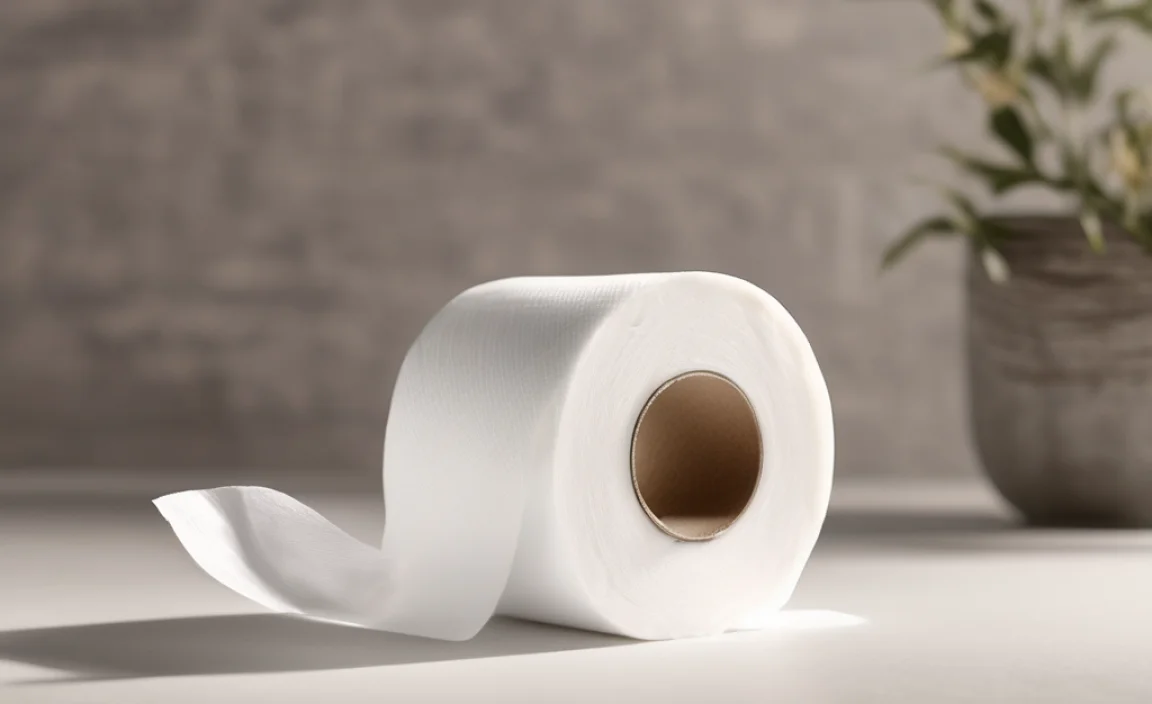
While Cottonelle is primarily made in the USA for the North American market, it’s helpful to understand how this compares to manufacturing in other countries. Here’s a quick comparison:
| Factor | USA Manufacturing | International Manufacturing |
|---|---|---|
| Quality Control | Strict standards, frequent testing | Varies by country and facility |
| Environmental Regulations | Subject to US environmental laws | Varies significantly by country |
| Labor Standards | US labor laws and practices | Varies by country, may be less stringent |
| Transportation Costs | Lower for North American markets | Higher for North American markets |
| Sustainability Practices | Increasing focus on sustainable sourcing | Varies, but growing global awareness |
Manufacturing in the USA often means adherence to higher standards for quality control, environmental regulations, and labor practices. This can translate to a more reliable and ethically produced product.
Why Does Manufacturing Location Matter?
Knowing where your toilet paper is made can influence your purchasing decisions. Here are a few reasons why manufacturing location matters:
- Quality Assurance: Products made in countries with strict quality control standards are more likely to be consistent and reliable.
- Environmental Impact: Manufacturing location can affect the environmental footprint of a product. Countries with strong environmental regulations often have more sustainable practices.
- Ethical Considerations: Labor standards vary by country. Supporting products made in countries with fair labor practices can align with your values.
- Supporting Local Economies: Buying products made in your own country can support local jobs and businesses.
Considering these factors can help you make informed choices that reflect your priorities.
Tips for Choosing the Right Toilet Paper
With so many options available, choosing the right toilet paper can be overwhelming. Here are some tips to help you make the best choice:
- Consider Softness: Look for words like “ultra-soft” or “quilted” on the packaging.
- Check Strength: Opt for multi-ply toilet paper for added strength and durability.
- Think About Absorbency: Highly absorbent toilet paper can reduce the amount you need to use.
- Look for Recycled Content: Choose toilet paper made with recycled materials to reduce your environmental impact.
- Read Reviews: See what other customers have to say about different brands and varieties.
- Consider Septic Safety: If you have a septic system, make sure the toilet paper is labeled as septic-safe.
Taking these factors into account can help you find the perfect toilet paper for your needs.
Cost Considerations
Price is always a factor when making purchasing decisions. Here’s how Cottonelle’s cost compares to other brands and what to consider when budgeting for toilet paper:
- Price Range: Cottonelle typically falls in the mid-to-high price range compared to other toilet paper brands.
- Value for Money: While it may be more expensive, many consumers find that the quality and durability of Cottonelle justify the cost.
- Bulk Buying: Purchasing in bulk can often save you money in the long run.
- Coupons and Discounts: Keep an eye out for coupons and discounts to reduce the cost.
Balancing cost with quality and environmental considerations can help you make a smart purchase.
Where to Buy Cottonelle Toilet Paper
Cottonelle toilet paper is widely available at most major retailers. You can find it at:
- Grocery Stores: Most grocery stores carry a variety of Cottonelle products.
- Big Box Stores: Retailers like Walmart and Target offer Cottonelle at competitive prices.
- Drugstores: Pharmacies like CVS and Walgreens also stock Cottonelle.
- Online Retailers: Amazon and other online retailers offer the convenience of home delivery.
Shopping around can help you find the best deals and ensure you always have a supply on hand.
Alternatives to Cottonelle Toilet Paper
If you’re looking for alternatives to Cottonelle, there are many options to consider. Here are a few popular choices:
- Charmin: Known for its softness and strength.
- Quilted Northern: Offers a balance of softness and durability.
- Angel Soft: A budget-friendly option that’s still soft and absorbent.
- Seventh Generation: Made with recycled paper and environmentally friendly.
- Bidet: A more sustainable option that reduces the need for toilet paper altogether.
Exploring different brands and options can help you find the perfect fit for your needs and preferences.
Future Trends in Toilet Paper Manufacturing
The toilet paper industry is constantly evolving. Here are some trends to watch for in the future:
- Increased Use of Recycled Materials: More companies are using recycled paper to reduce their environmental impact.
- Sustainable Sourcing Practices: There’s a growing focus on sourcing wood pulp from responsibly managed forests.
- Innovative Materials: Some companies are exploring alternative materials like bamboo and hemp.
- Eco-Friendly Packaging: Efforts are being made to reduce packaging waste and use more sustainable materials.
- Waterless Options: Bidets are becoming increasingly popular as a more sustainable alternative to toilet paper.
These trends reflect a growing awareness of environmental issues and a desire for more sustainable products.
FAQ Section
Frequently Asked Questions
Is Cottonelle toilet paper made in the USA?
Yes, Cottonelle toilet paper sold in North America is primarily manufactured in the United States.
Who makes Cottonelle toilet paper?
Cottonelle is made by Kimberly-Clark, a multinational personal care corporation.
Is Cottonelle toilet paper septic-safe?
Yes, Cottonelle toilet paper is generally considered septic-safe. However, always follow the guidelines provided by your septic system manufacturer.
Is Cottonelle environmentally friendly?
Kimberly-Clark is taking steps to improve the environmental impact of Cottonelle, including using sustainable sourcing practices and recycled materials.
Where can I buy Cottonelle toilet paper?
You can buy Cottonelle toilet paper at most grocery stores, big box stores, drugstores, and online retailers like Amazon.
What are some alternatives to Cottonelle toilet paper?
Alternatives include Charmin, Quilted Northern, Angel Soft, Seventh Generation, and bidets.
How can I save money on toilet paper?
Consider buying in bulk, using coupons, and looking for discounts to save money on toilet paper.
Conclusion
So, there you have it! Cottonelle toilet paper is mainly made in the USA, thanks to Kimberly-Clark’s extensive manufacturing operations. Knowing this helps you understand the quality control, environmental practices, and economic impact associated with your purchase. Next time you’re stocking up on toilet paper, you’ll be armed with the knowledge to make an informed decision.
Whether you’re looking for the softest option, considering environmental factors, or simply curious about where your everyday products come from, understanding the manufacturing process and location can make a difference. Happy shopping!

